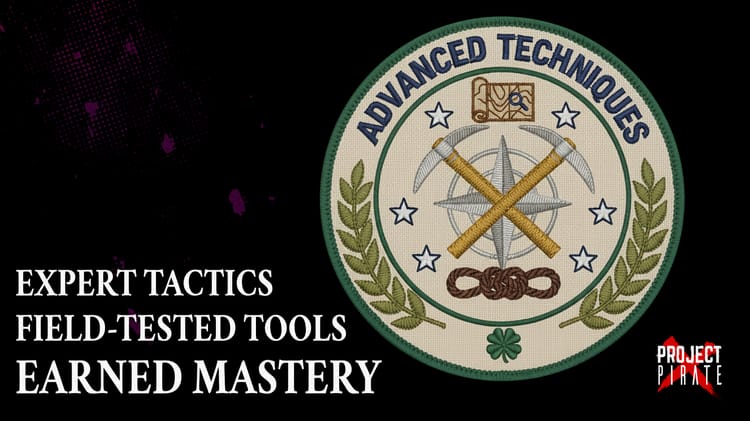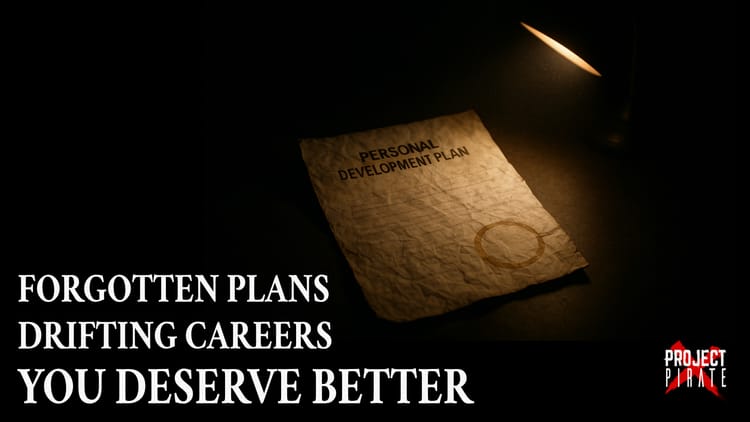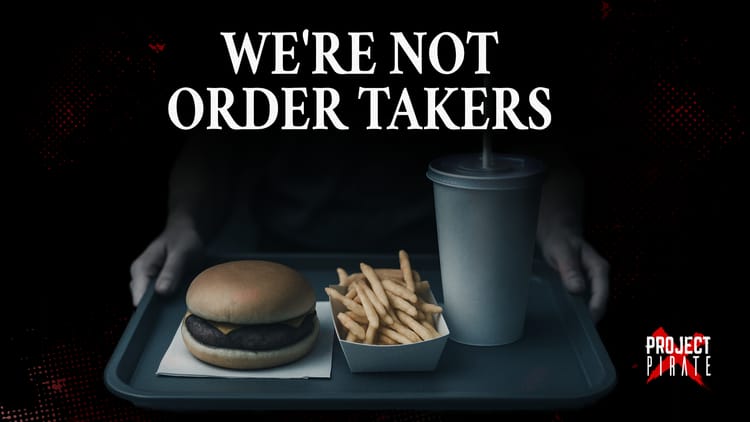The Calibrated Project Manager: Adjusting for Planning Biases

"It is a capital mistake to theorise before one has data. Insensibly one begins to twist facts to suit theories, instead of theories to suit facts." - Sherlock Holmes
The Personality Compass of Project Planning
Picture this: Two experienced Project Managers are given identical projects with the same teams, resources, and objectives. Yet, their projected timelines differ by months. Why? The answer lies not in their competence, but in something far more fundamental - their inherent outlook on life.
As a sailor navigates by the stars, a Project Manager navigates by their internal compass. And just as a compass can be affected by nearby magnetic fields, our planning compass can be influenced by our personality.
The Three Planning Archetypes
In my years sailing the treacherous seas of project management, I've observed three primary planning personalities:
The Eternal Optimist - With a glass perpetually full, the optimist sees the golden shores of project completion just beyond the horizon. They underestimate obstacles, compress timelines and believe fair winds will always fill their sails. Their plans are ambitious and inspiring, but often unrealistic.
The Steadfast Pessimist - With a weather eye always on the storm clouds, the pessimist maps every reef and anticipates every potential shipwreck. Their plans are robust against disaster but laden with excessive contingencies that slow the voyage.
The Elusive Objectivist - As uncommon as a peaceful crossing of Cape Horn, these planners strike a perfect balance between hope and caution. Neither blinded by optimism nor anchored by pessimism, they see the journey for what it truly is.
The challenge? Most of us don't fit neatly into the third category. Our personal outlook colours our planning, often without our awareness. I'll admit it openly - I'm an optimist through and through. I see the destination and chart the most direct course, too readily assuming fair winds in straits notorious for their unpredictable weather.
Over time, I've recognised this bias in myself. I now understand that my first draft requires further insight; or as I prefer to say, it needs to be 'calibrated' like a precision instrument. I must tweak my initial plans to ensure they function correctly when faced with the true conditions of the open sea.
The Solution: Calibration
Just as navigational charts must be carefully reviewed before a voyage, so must our planning approach. Self-awareness is the first step to better planning.
Know thyself!
Recognising that our first draft plans are shaped by our outlook allows us to recalibrate. This isn't about changing who you are - it's about accounting for your natural tendencies.
Calibration Techniques for Each Planning Personality
For the Optimist's Sunny Outlook:
- The Historical Multiplier - Track your estimates against actual completion times. Calculate your personal "optimism factor" and apply it to future estimates. If your projects typically take 30% longer than planned, apply a 1.3x multiplier to your next timeline.
- The Pre-mortem Exercise - Before finalising plans, imagine project failure: "It's six months from now, and we've missed our deadline by 50%. What happened?" This forces identification of obstacles your optimism might blind you to.
- The Decomposition Method - Break tasks into smaller components. Optimists tend to be more accurate when estimating smaller chunks than grand voyages.
- Risk-First Planning - Start by mapping the reefs before charting your course. List all possible risks, then build the plan around them.
For the Pessimist's Cautious Approach:
- Success Scenario Documentation - Keep a captain's log of when things went better than expected. Reference this when making new estimates. For David Goggins' fans, this is your "Cookie Jar".
- The Three Horizons Method - Force yourself to consider best/worst/most likely scenarios, giving equal weight to the possibility that fair winds might actually prevail. You can apply this arithmetically by assessing the mean, mode and median of your scenarios.
- Progress Checkpoints - Set frequent ports of call to reassess. The fog of uncertainty often clears as you sail, allowing for faster progress than initially thought. This can be complimented through use of 'Rolling Wave planning'.
- Analogous Estimation - Compare current tasks to similar completed ones, creating an objective baseline rather than a fear-based projection.
For Teams with Mixed Planning Personalities:
- Complementary Crew Pairing - Deliberately pair optimists with pessimists for planning. Have them produce independent estimates first, then discuss differences.
- Blind Planning Rounds - Conduct anonymous estimation sessions. Review the spread without knowing who provided which estimate.
- Role Rotation - Have crew members occasionally swap perspectives: "Today, you're the ship's optimist; you're the pessimist." This keeps conversations dynamic, challenges assumptions and ensures no blind spots are left unchecked.
- Planning Poker with Reflection - Use planning poker techniques, but add a reflection round where each person explains their reasoning.
The Balanced Planning Approach
This careful calibration is both art and science - a concoction brewed from self-awareness, historical data, and the wisdom of experienced sailors who have navigated similar waters.
Without calibration, planning becomes merely a "finger in the air" exercise. And on a long voyage, that approach can lead to disaster: funding runs dry, provisions spoil, crew morale sinks and worst of all, stakeholders who expected to see land months ago grow mutinous.
Remember that SMEs brought aboard to help with planning bring their own planning personalities too. The engineering officer who always says repairs will take "two weeks" regardless of the damage and the navigator who claims every route is "impossible" are providing calibrated estimates through their personal lenses.
Sailing True & Correcting Course
As Project Pirates, we must be honest about our planning biases. I've learned to recognise my optimistic tendency to see the destination without fully accounting for the journey. My first pass at planning now comes with a self-imposed reality check.
Calibration doesn't mean abandoning your natural outlook - it means embracing it, understanding it and adjusting for it. The optimist's ability to inspire and the pessimist's talent for risk identification are both valuable when properly calibrated.
What's your planning personality? And more importantly - have you consulted your tide tables lately? Just as sailors must adjust for predictable tides, we must adjust for our predictable planning tendencies thus ensuring success in the voyages ahead.





